Can You Use Indoor Wall Panels Outside? Here’s What You Need to Know

Using indoor panels outside might sound like a clever idea, especially when they look so good inside the house. From stylish wood slat panels to smooth paintable wall panels, these materials are a favorite in modern interiors.
But when it comes to the outdoors, there are a few important things to know. Moisture, sun exposure, and temperature swings can break down even the best-looking indoor material if it's not made for the job.
In this guide, we’ll break down why most indoor options fall short and explain why exterior slat panels are the smarter choice for long-term outdoor upgrades.
Why Most Indoor Panels Don’t Work Outdoors
Moisture is the number one issue. Materials like MDF, which make up most paintable wall panels, are like sponges. According to Research Gate, MDF can swell by more than 15% in thickness after just a little moisture exposure.

UV rays also do damage. When left untreated, indoor panels can fade and peel within three months of outdoor use. Plus, the adhesives used indoors aren't built to handle temperature swings, which leads to cracks and delamination as the weather changes.
Why Paintable Wall Panels Are Not Outdoor-Friendly
MDF-based paintable wall panels are great indoors because they have a smooth surface and are easy to customize. But even if they’re painted or primed, they’ll eventually break down outdoors. Unless you’re constantly maintaining them, they won’t last.
In fact, industry tests from Science Direct show that MDF can lose up to 25% of its strength after just a year of outdoor exposure.
Wood Slat Panels: Better Than MDF, But Still Risky

Solid wood versions hold up better than MDF, but they still need sealing and regular upkeep. Without UV or moisture protection, you’ll need to reapply finishes every one to two years.
Veneered versions with MDF backers are still prone to the same swelling problems. Pressure-treated pine can help, but it may crack or warp under extreme weather conditions.
What Actually Works Outside: Exterior Slat Panels
Exterior slat panels are made to survive the elements. They’re typically built with thermally modified wood, composite wood, weather-treated cedar, or aluminum.
Many are Class 1 fire-rated, UV-resistant, and designed to last more than 20 years without needing to be refinished.

Composite panels like the ones from TimberTech resist warping and rot with under 1% water absorption. They're ideal for facades, fences, and patio walls.

Modular drainage systems also help keep moisture out, making these panels a safer and more durable choice than anything meant for indoor use.
Cost Comparison: Indoor vs. Outdoor Panels
Indoor paintable wall panels or basic MDF options usually cost around $5 to $12 per square foot. Real wood slat panels made for indoor use range from $10 to $25 depending on the species.
Outdoor-rated slat panels start at $15 and can go up to $35 per square foot, but they require less replacement and way less maintenance over time. In fact, replacing warped indoor panels outdoors every couple of years can end up costing double what you would pay if you’d just chosen exterior-grade materials from the start.
When Indoor Panels Might Be Okay Outdoors
There are a few scenarios where indoor panels might work: like enclosed patios, screened sunrooms, or balconies with solid overhead protection.
In those cases, you’ll need to seal the panels on every side, including edges and screw holes, and use a reliable exterior-grade primer and paint.
This approach works only in mild climates with low humidity and limited rain exposure. But even then, it's best seen as a temporary staging solution rather than a permanent fixture.
Conclusion

While it’s tempting to repurpose indoor panels like paintable wall panels or wood slat panels for exterior projects, the risk often outweighs the reward. Swelling, cracking, and fading are common when materials meant for interior use are exposed to the elements.
To get a clean, professional, and long-lasting look outdoors, it’s better to go with exterior slat panels specifically built for the job. These are weather-resistant, UV-protected, and made for years of performance without the hassle.
Spending a bit more upfront saves you time, money, and a lot of frustration down the line.
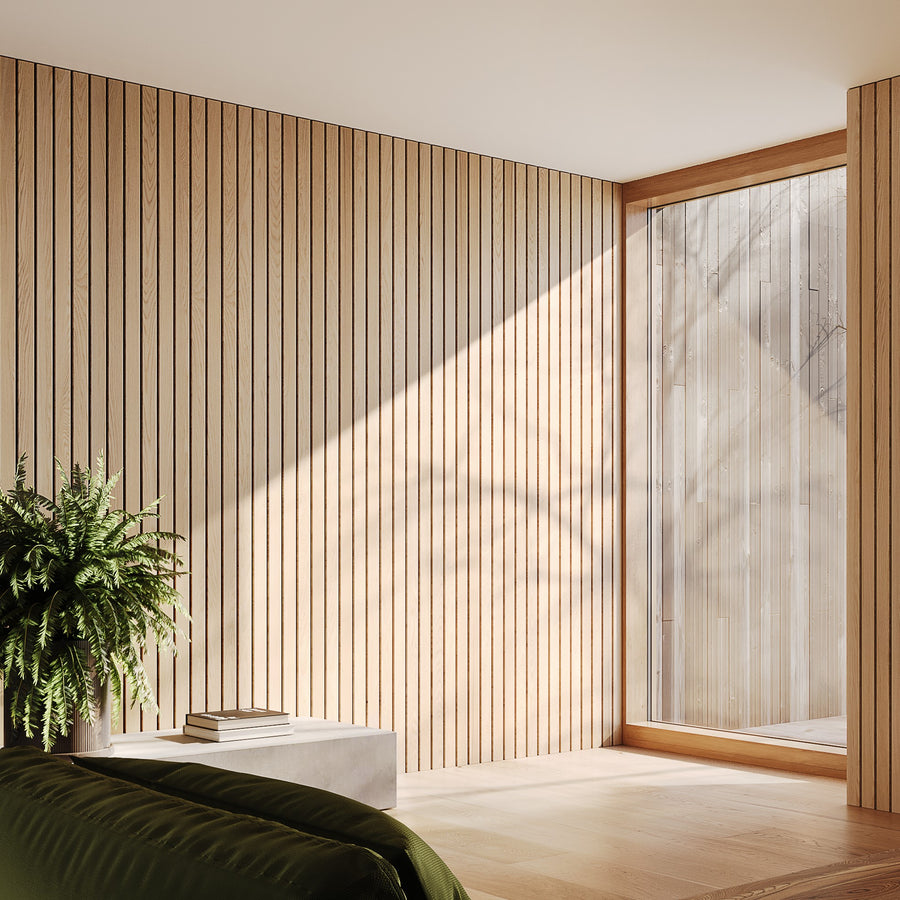
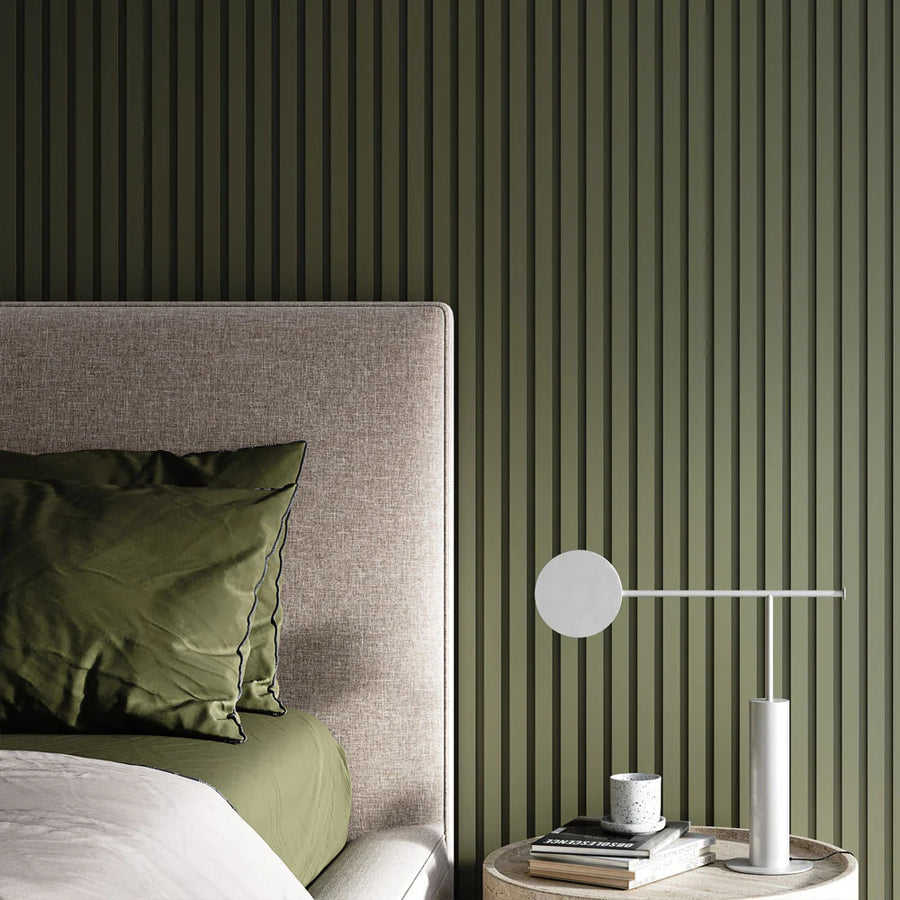
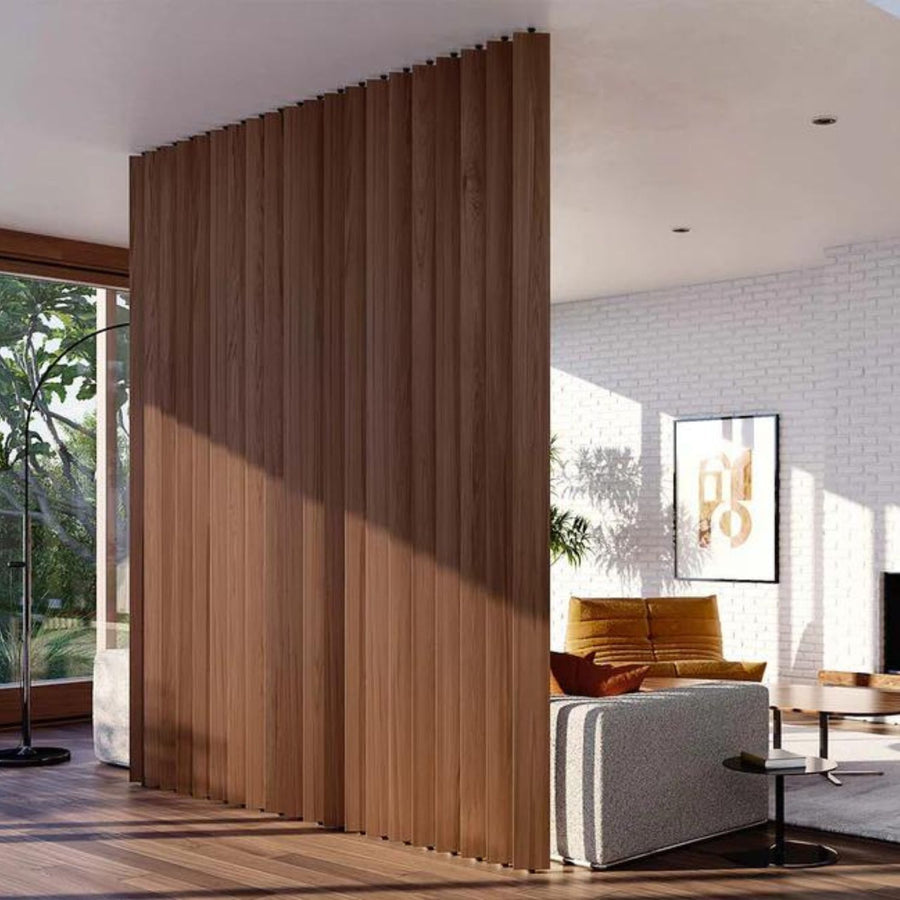
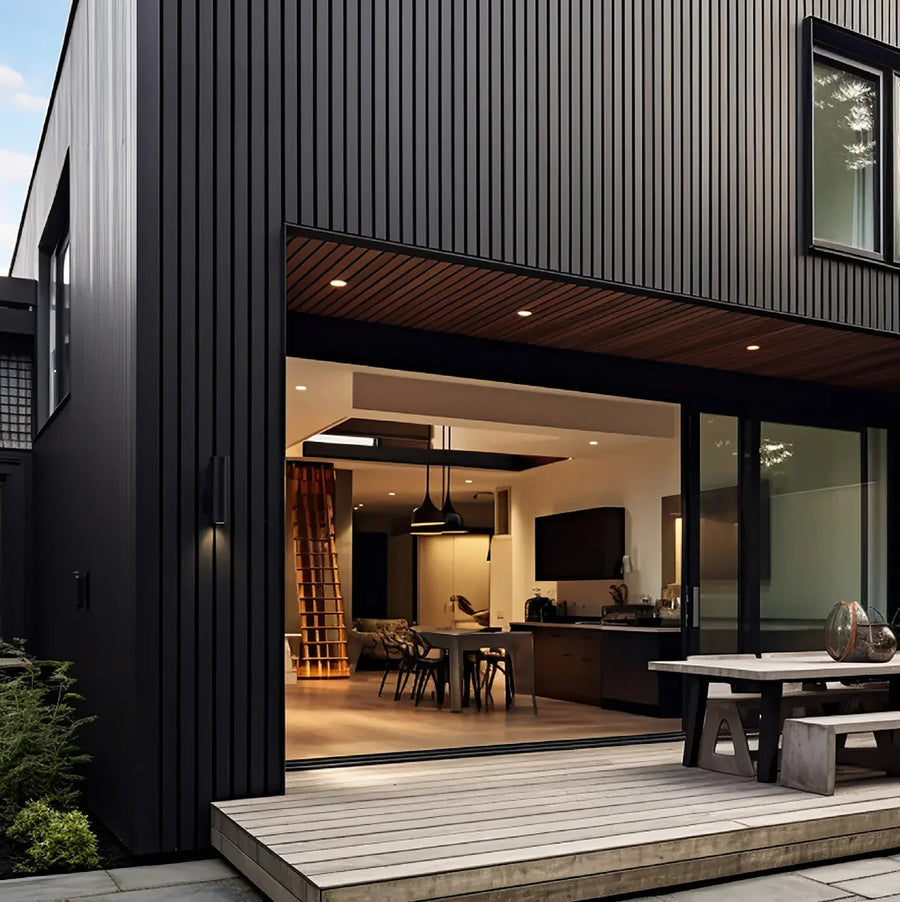
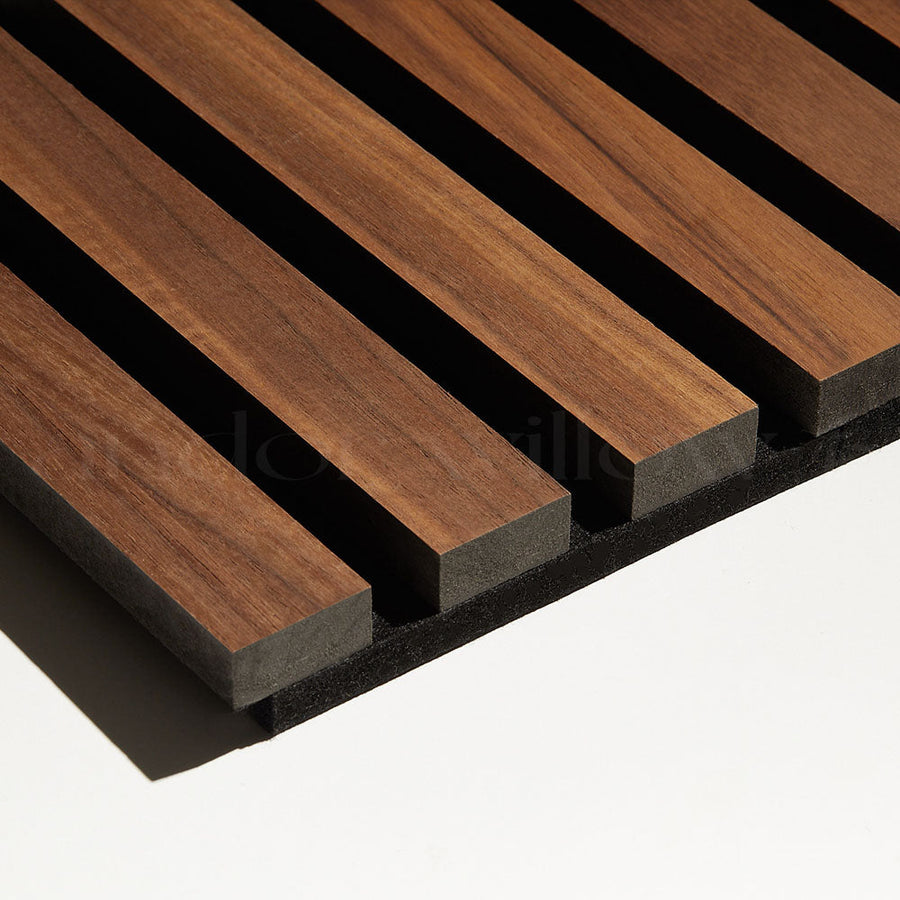
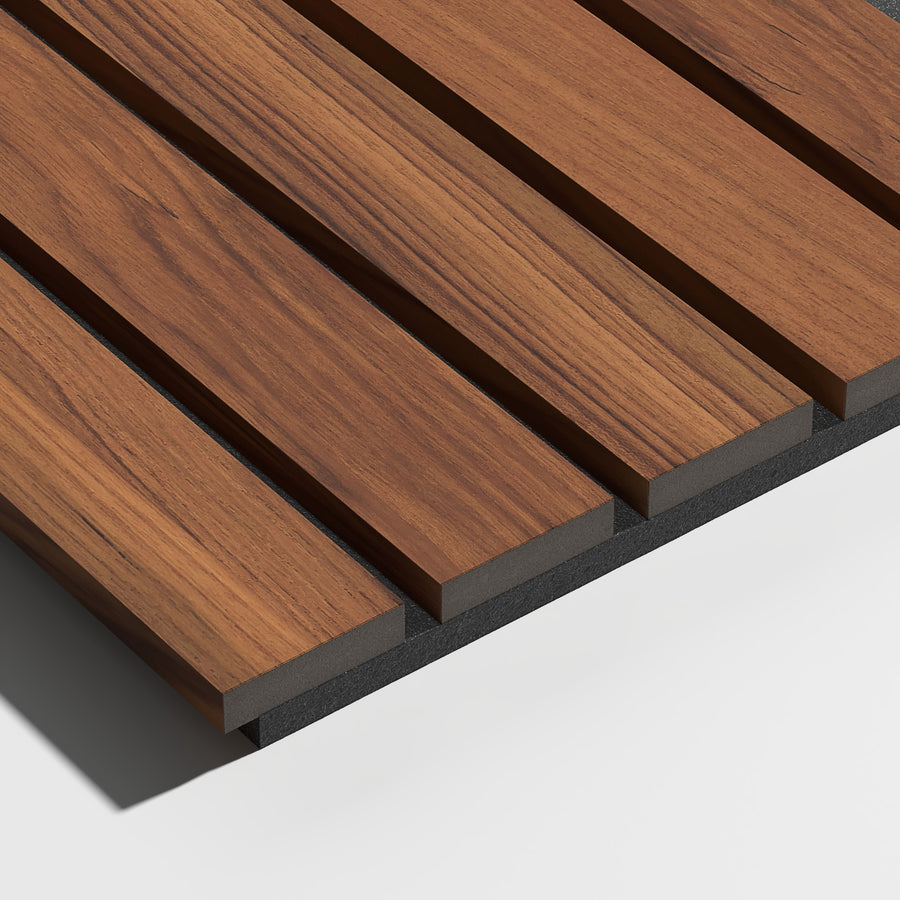


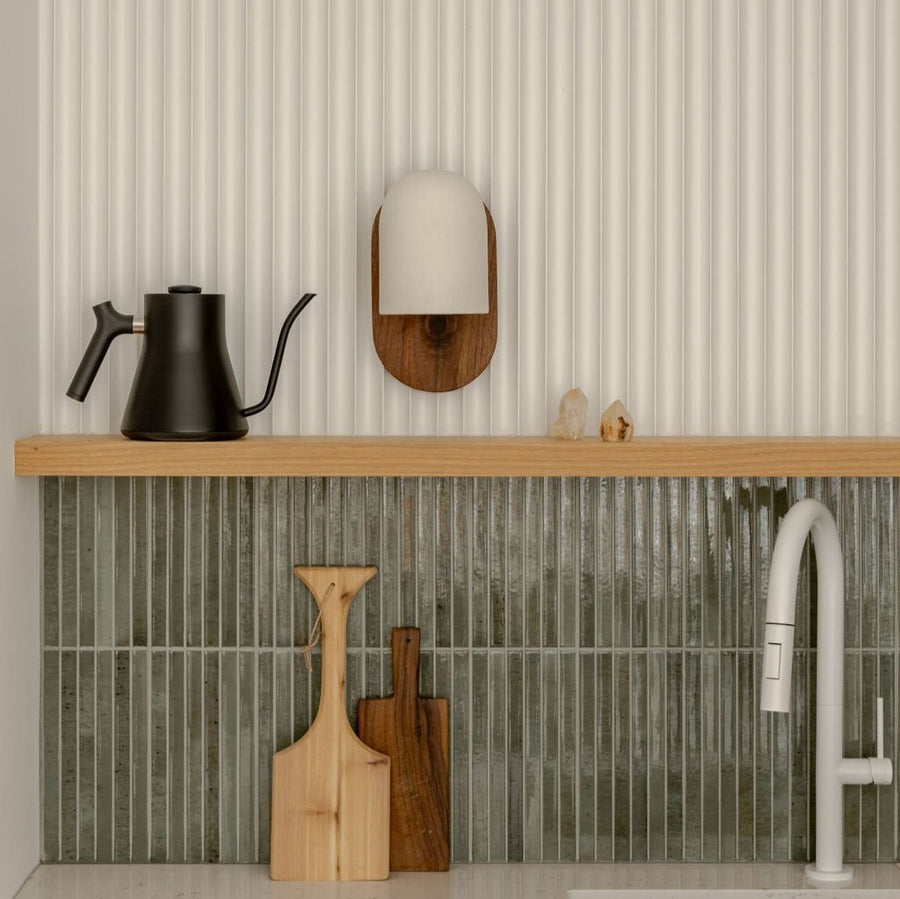
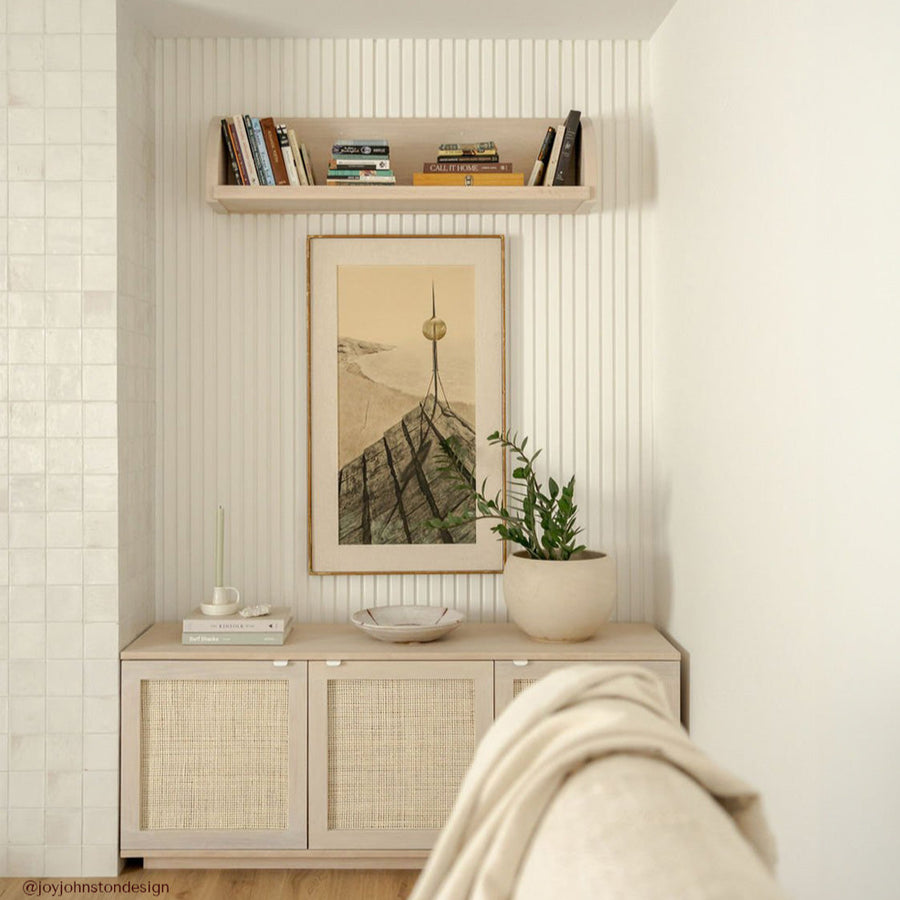
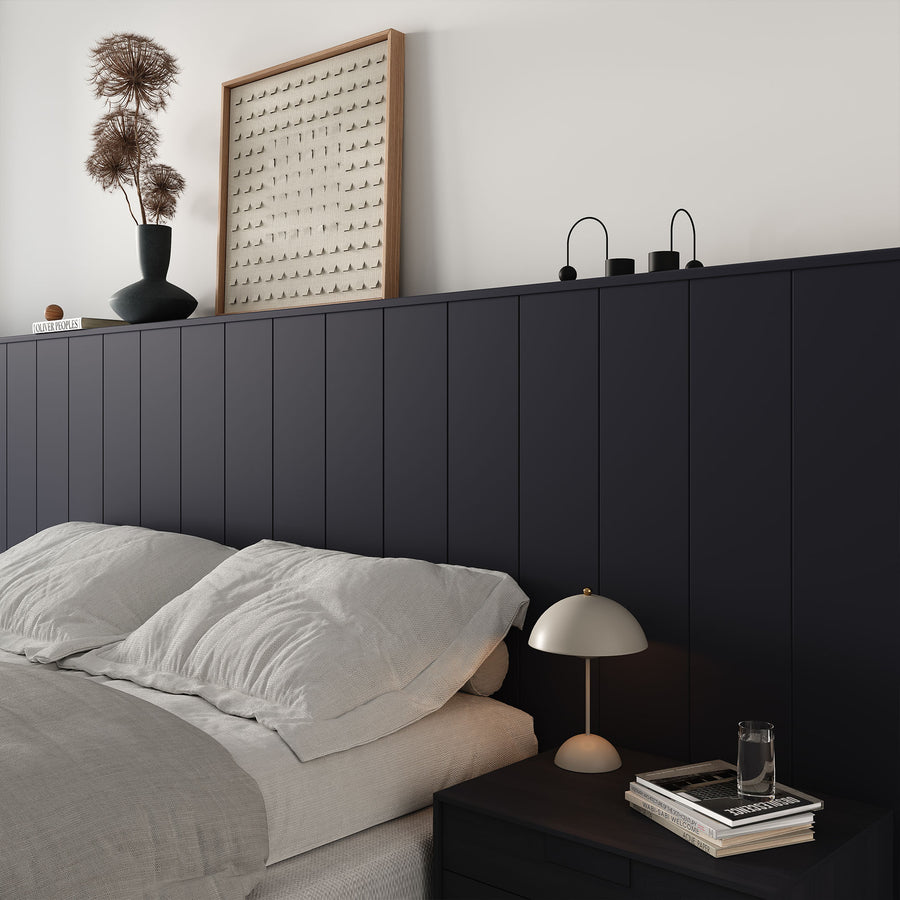
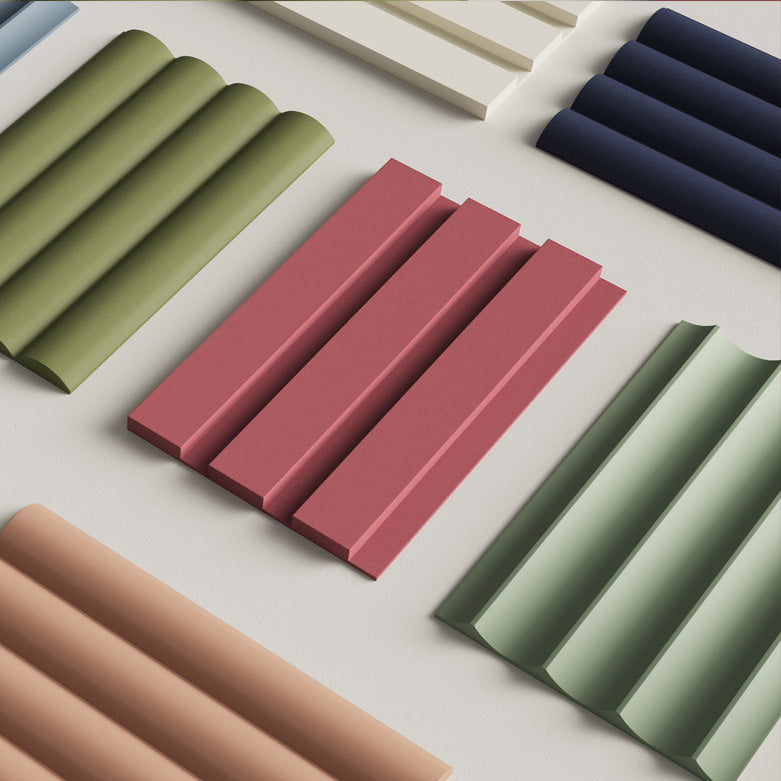










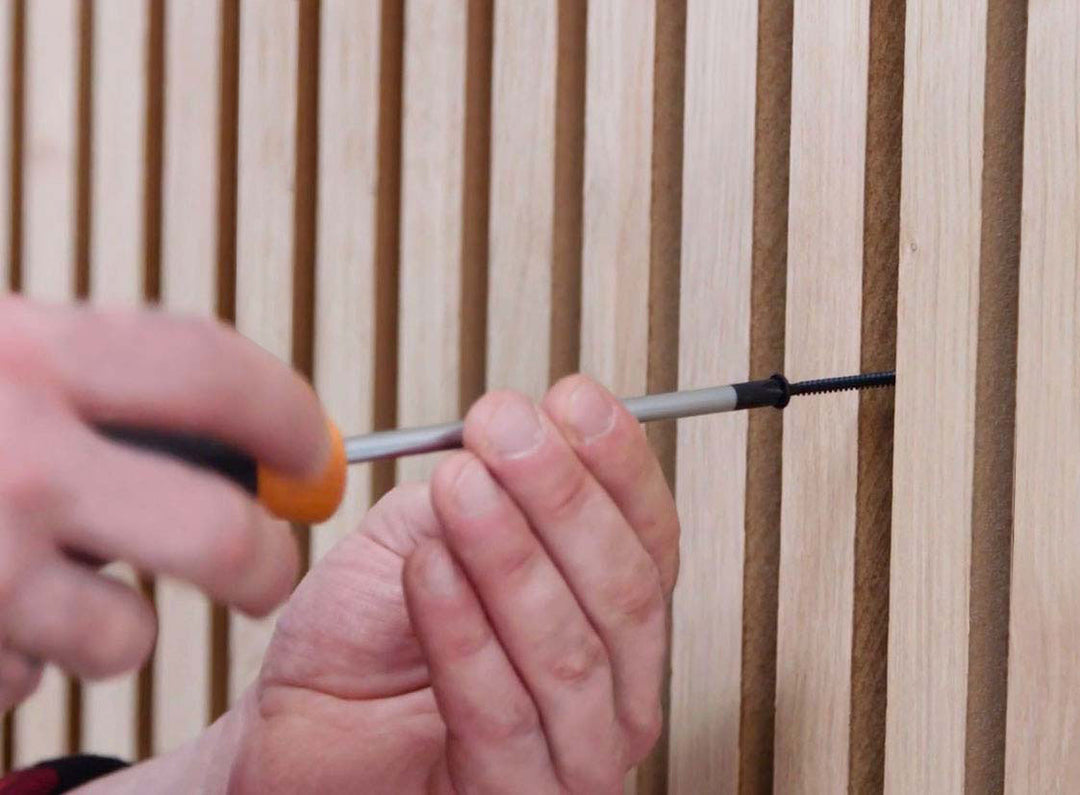
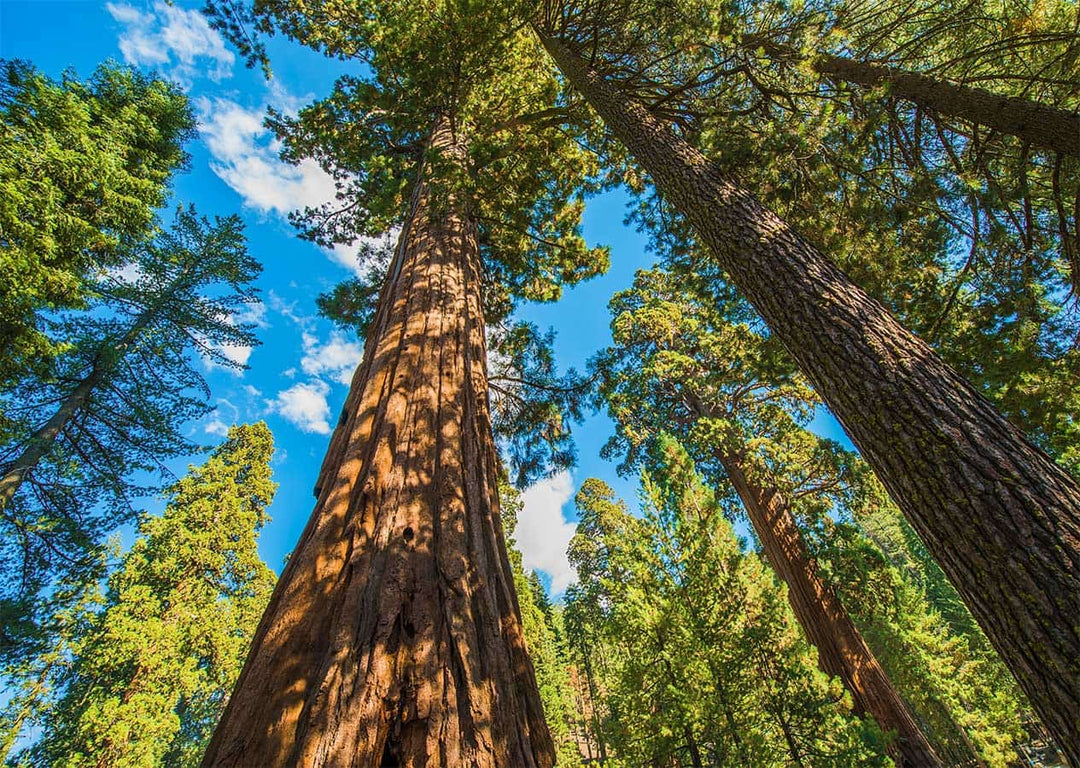
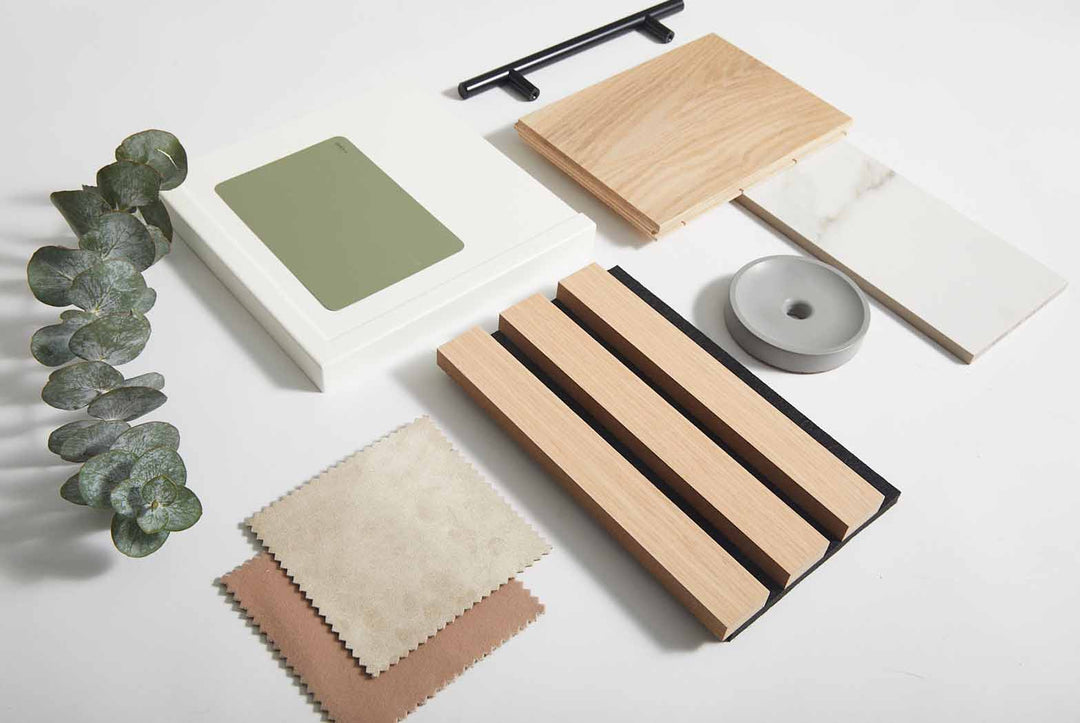












Leave a comment